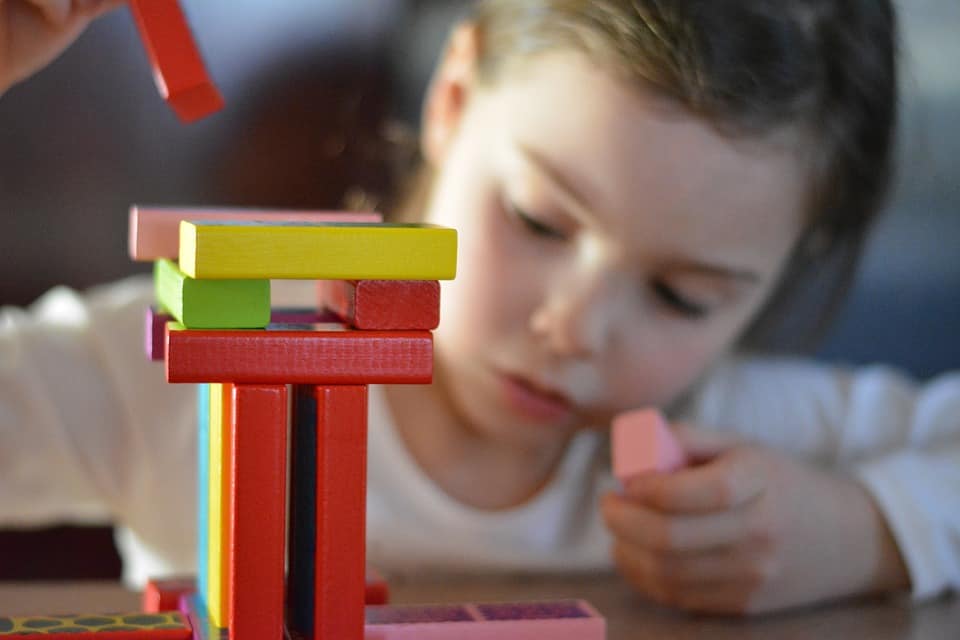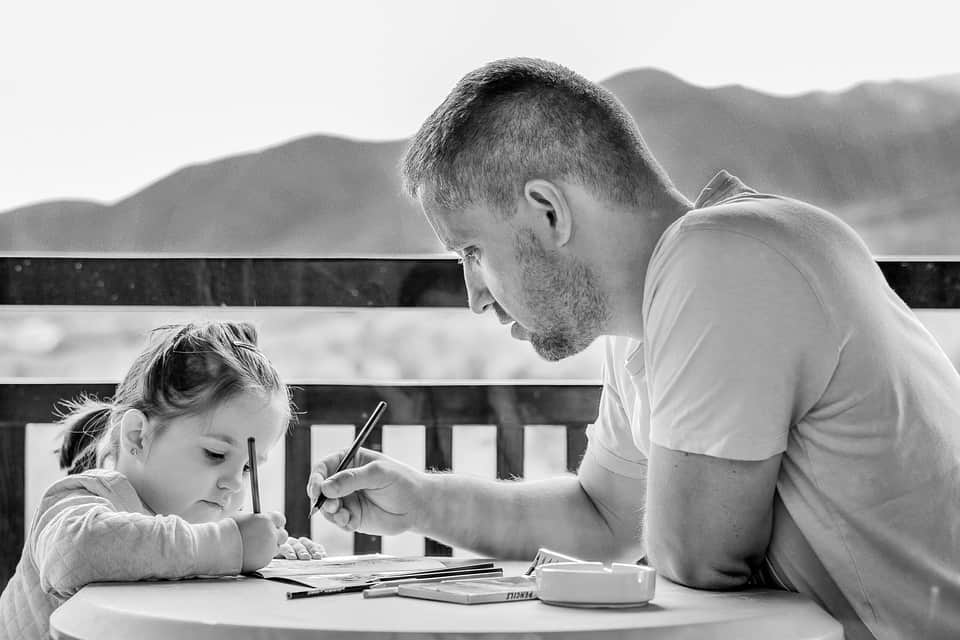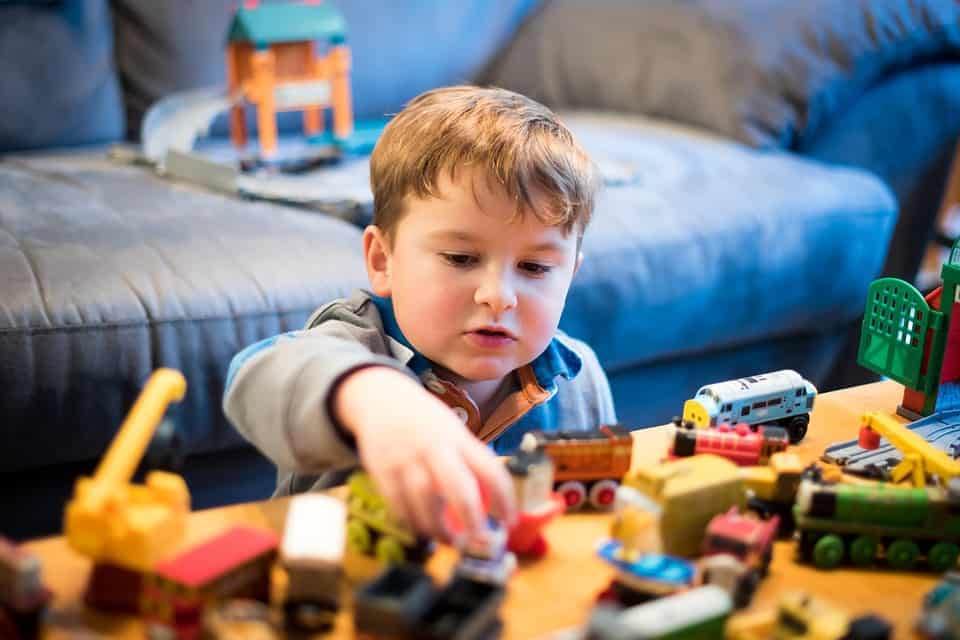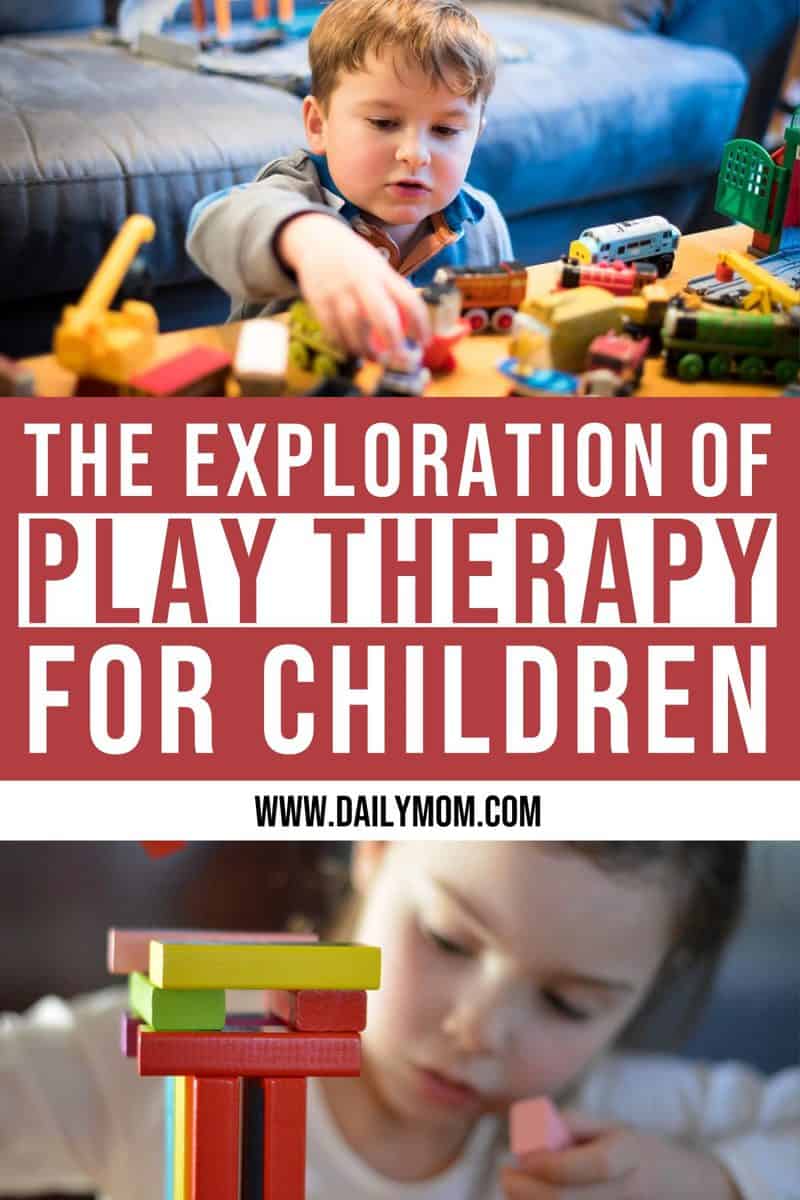Many children need therapy whether it be for behavioral issues, social issues, anxiety, trauma, etc. Many parents feel when they hear their child needs “therapy” that something is wrong with their child. Plainly put, that is not the case. On the contrary, therapy is there to help children and help them be a better version of themselves. One type of therapy that is great for children is Play Therapy.
What is Play Therapy?

According to Psychology Today, this type of therapy is a psychotherapeutic approach geared mainly to children between the ages of 3 and 12. It allows children to freely express their emotions through play. These therapeutic play sessions take place in a safe and comfortable playroom with a therapist where the child is closely observed in the decisions and choices they make, as well as their play styles. This therapy has very few limits and rules imposed on the child.
What is Play Therapy Used For and Which Children Can it Help?
This type of therapy is mainly used to help children who have social or emotional deficits. Play Therapy is appropriate for children who are undergoing or witnessing stressful events in their lives. For example, play therapy could benefit a child who may be suffering from an illness, domestic abuse, trauma, family crisis, etc. Additionally, it helps children who have social or academic issues as well as those with learning disabilities, behavior disorders, anxiety, depression, grief or anger. It has also been found to help children with ADHD, or on the spectrum for Autism. Through play, this therapy helps the child learn how to have better communication with others, develop problem solving skills, change their behavior and relate to others in a more positive way.
What Can a Parent Expect from Play Therapy?

In this type of therapy, the parent or caregiver plays an important role and the therapy works better when the parent or caregiver is actively involved in the treatment process. The first step starts with an initial interview with the parent, ideally both parents. At this interview, the therapist collects information about the child. Then, the therapist has an interview with the child where all information the parent previously provided helps them make an assessment prior to beginning treatment. Normally, play therapy takes an average of a minimum of 20 sessions lasting anywhere between 45 minutes to 1 hour.
How Does Play Therapy Work?
First remember each child is unique. This type of therapy is designed to respond to each child’s developmental needs by letting them express themselves as they play, rather then through verbal communication. During the treatment, the child is encouraged to play with different toys, crafts, and games that they enjoy. The therapist communicates with the child through these creative activities while observing how the child uses the activity to express their thoughts and feelings. It allows the child to test limits in a safe environment. So if a child wants to break what they just built, they then learn that they no longer have it as they have destroyed it. These lessons teach the child to make more thoughtful decisions.
Play Therpay has 2 approaches:
- Non-directive Play: this allows the child freedom to play with limited instruction and supervision to see how the child can resolve their own issues.
- Directive Play: The therapist speeds up treatment by giving the child more input.
Why Chose Play Therapy?

There are 5 benefits to this type of Therapy according to ‘Insight into Action Therapy.’
- It allows the child to express and process their emotions because some children have issues with communication. They aren’t always able to convey how they are feeling through words. Instead, children may become more expressive of their feelings through the language of ‘play’ and therapists are trained to understand and interpret the child’s play communications.
- It decreases undesirable behaviors while increasing the child’s capacity to regulate the their own behavior. Once the child starts to express their feelings and emotions through play, the parent can expect to see a decrease in unwanted behavior. Furthermore, it helps the child develop skills in order to be able to manage their own behavior in sessions.
- It builds the development of independence and creative thinking. It is very crucial for a child to think for themselves. Yes, they are still young and often told what to do as they cannot make decisions yet for themselves, but Play Therapy allows the child to be the leader. For the most part, during the session they are in control of what happens in the room by selecting which activities they want to be a part of. This is true for children who are emotionally vulnerable or those who have experienced trauma or significant life changes. Through this, the child can learn to make choices for themselves in a supportive environment. There are no judgments in the playroom when the child expresses his/her feelings.
- It helps improve the child’s social skills and the ability to respect others. It will help the child learn to recognize the thoughts and feelings of other people around them. Ways a therapist can help this for example is during a board game. If the child chooses to cheat, the therapist continues playing while paying attention to the child seeing how they will react to them cheating. Or, the child may play different roles such as dressing up as a mommy and nurturing a doll. This helps the child understand the thoughts and feelings of other people, in turn, transferring to relations they have with family and friends.
- Play Therapy helps build a stronger relationship with their family. Although the therapist is a trained professional, they are not the most important person during the therapy. The parents are as they are the most important part of the child’s life. The parents are not part of the sessions, but they are still participating actively by bringing the child to the sessions, meeting with the therapist and so forth as well as supporting the child and using the skills they learn in therapy at home. The goal is to try to make the relationship between the parent and child the best it can be, as well as reducing the child’s distress so the parent can enjoy spending quality time with them.
As seen above, this therapy works through ways a child can express themselves better with play. Young children sitting and talking to a therapist is not always the best idea as their attention span isn’t long. Not to mention, they may get bored, change the subject often, not pay attention as much as they should to the therapist, etc. Allowing a child to explore through play while learning many different skills is a great option for any child who needs therapy or has experienced trauma.
WANT TO READ MORE?
If you or your child are going through a tough time know things always improve, consider writing Letters to Your Child to communicate your thoughts and feelings through journaling.

Sources: Play Therapy, Playing to Heal: 5 Benefits of Play Therapy
Photo Credit: Unsplash, Pixabay







































